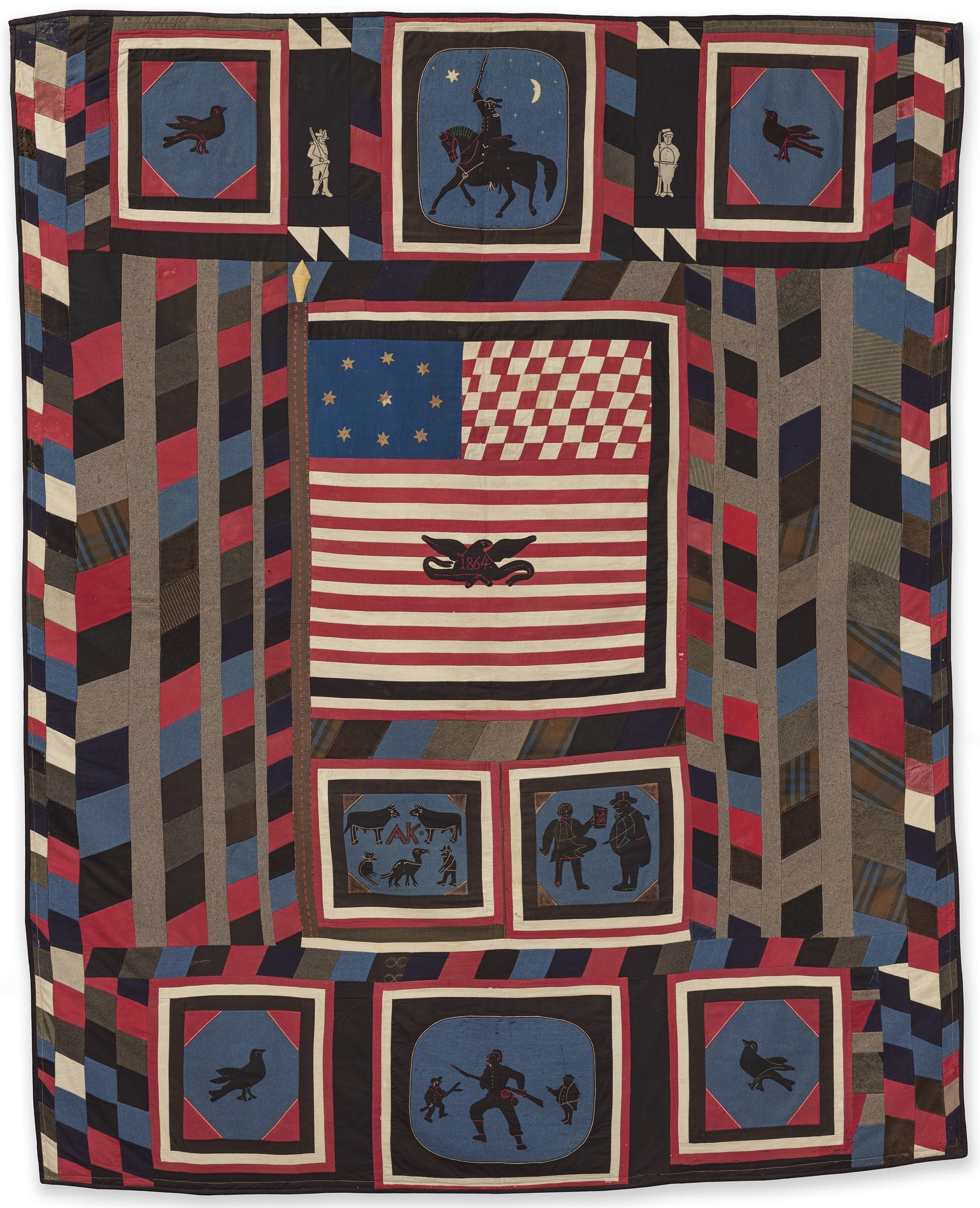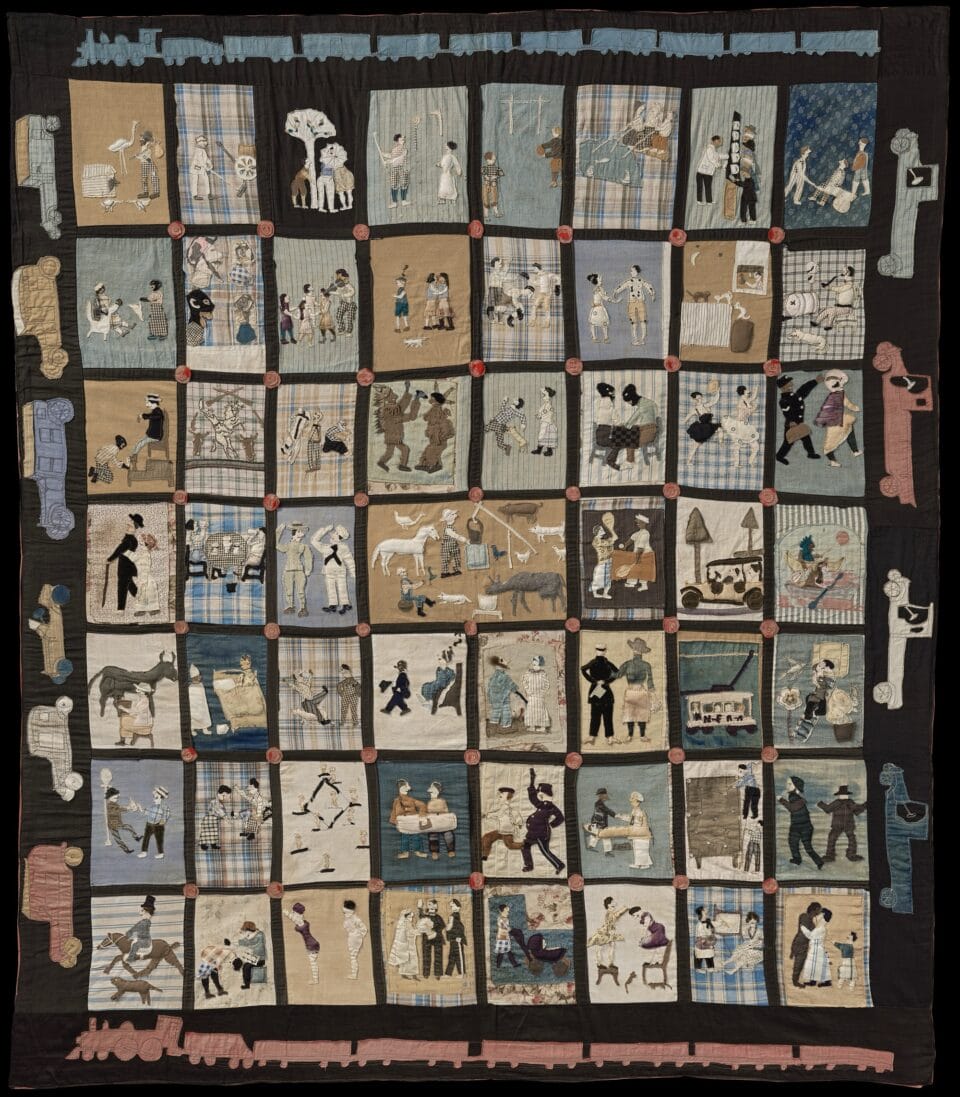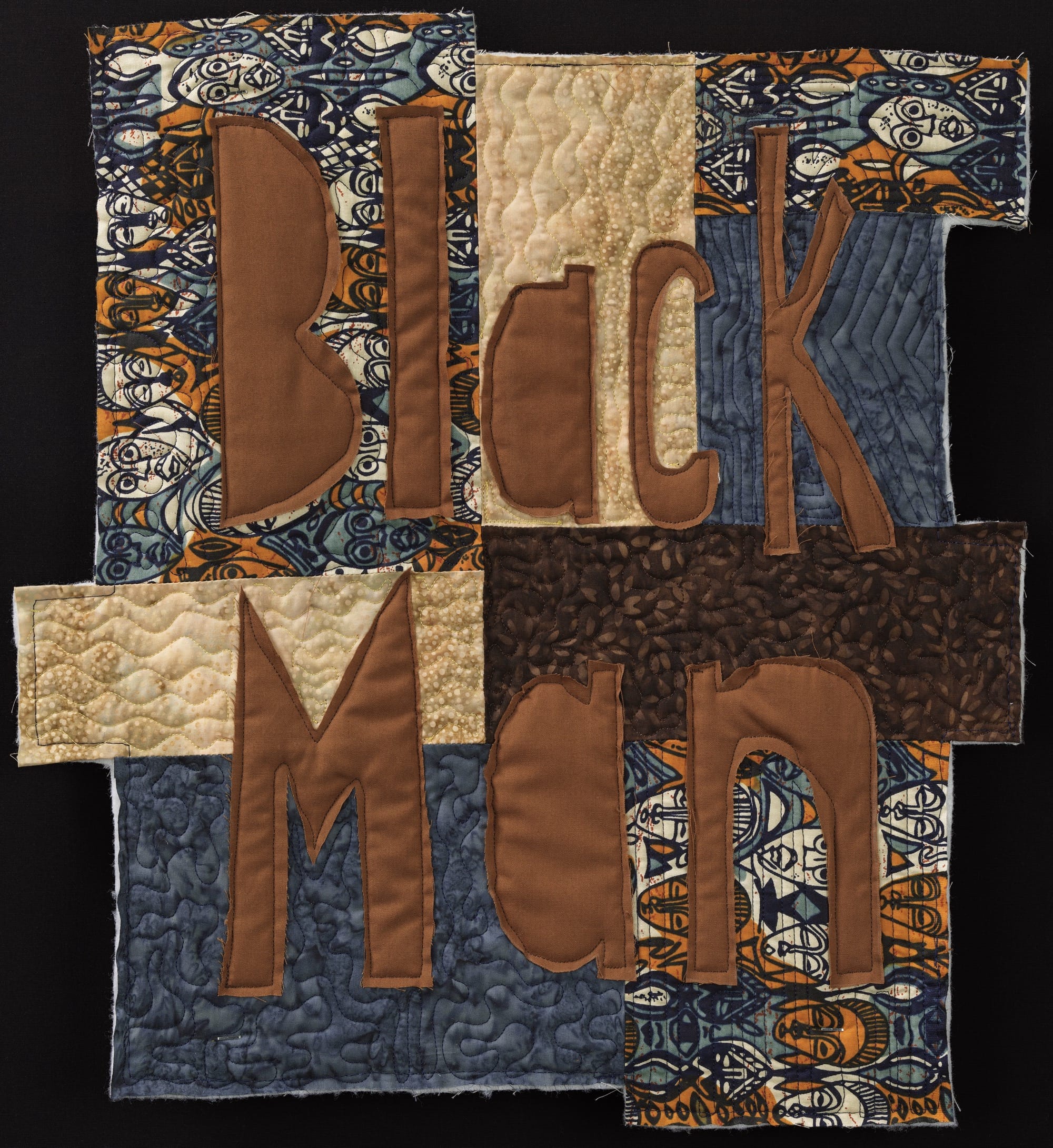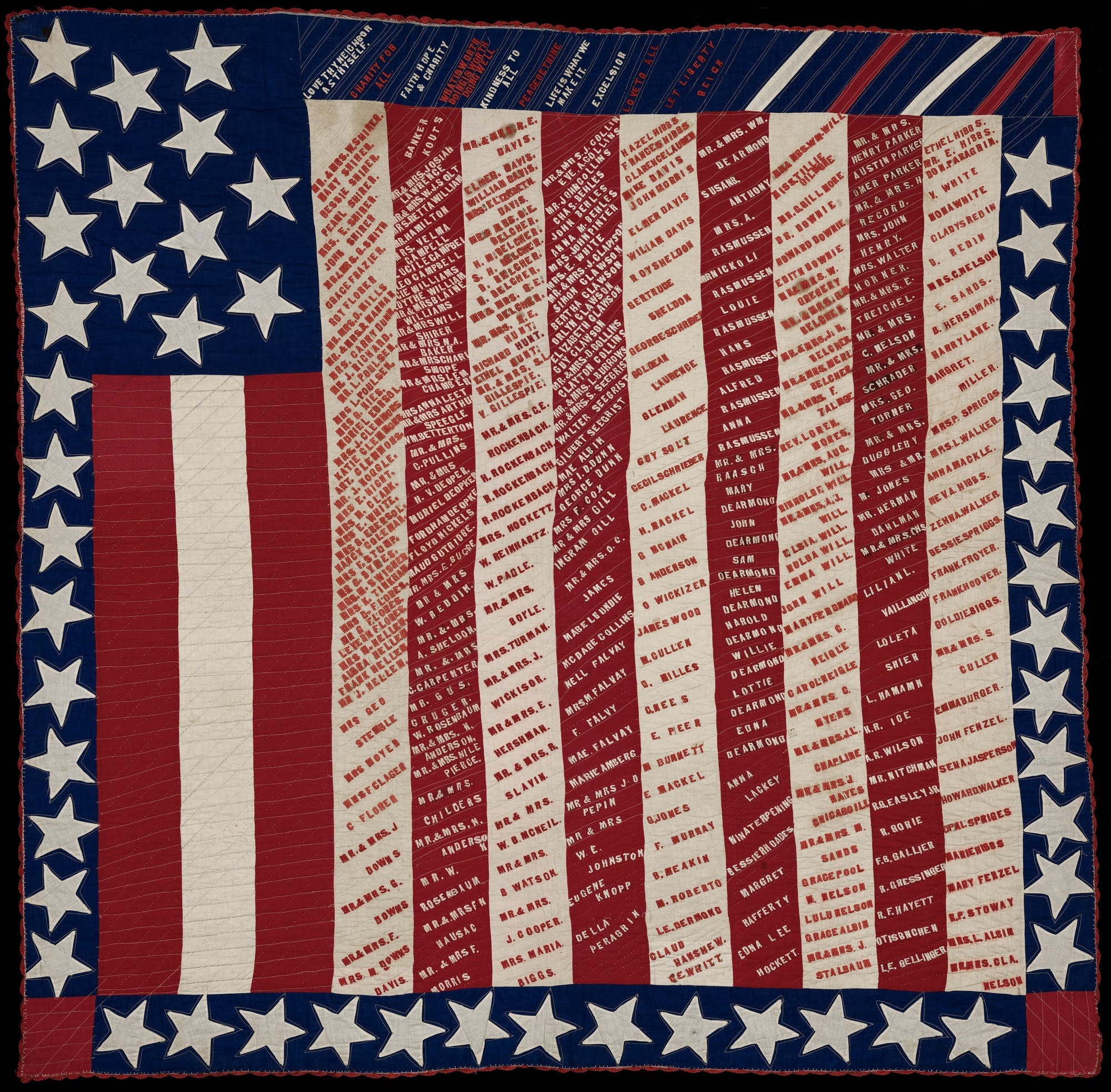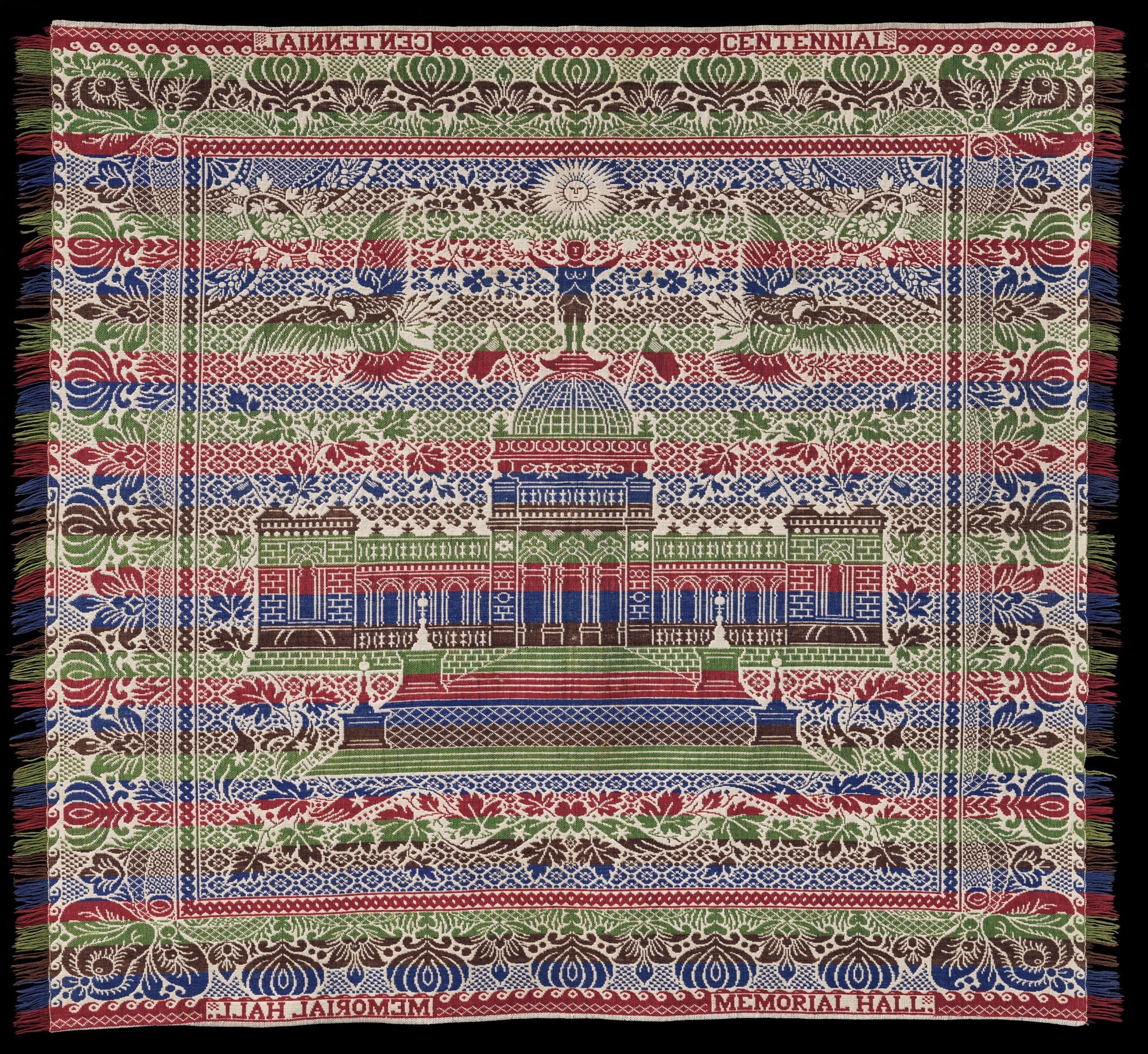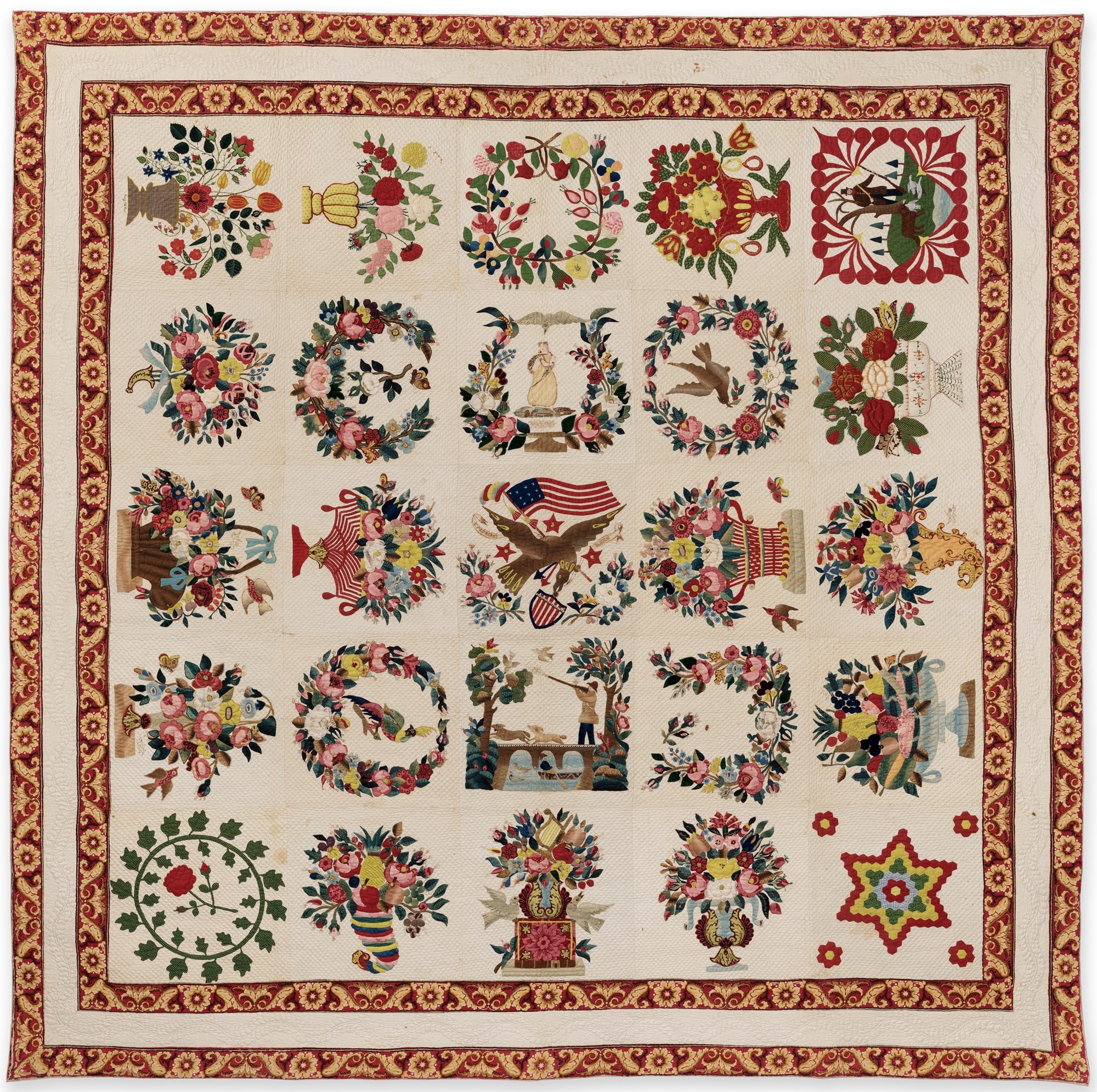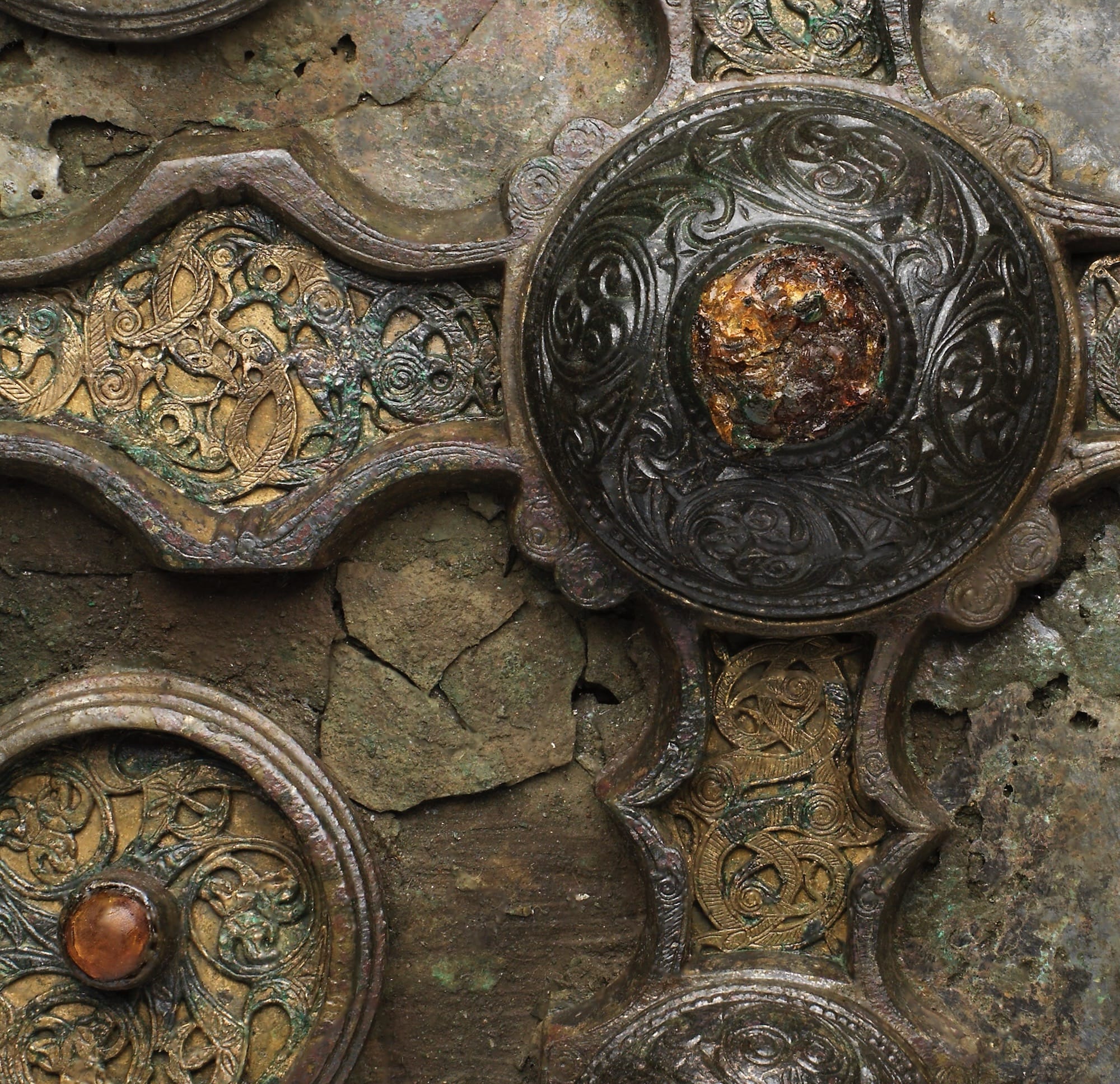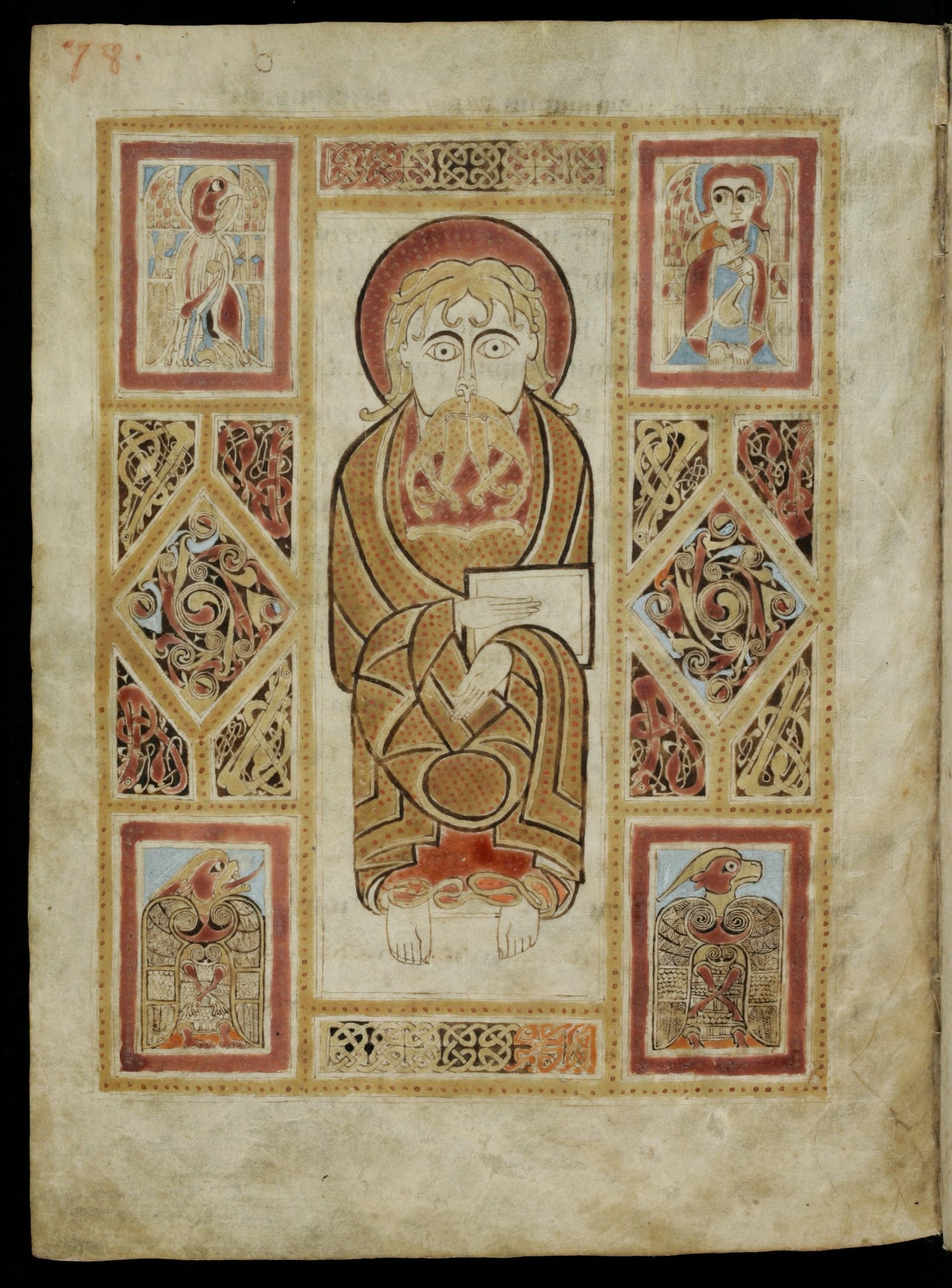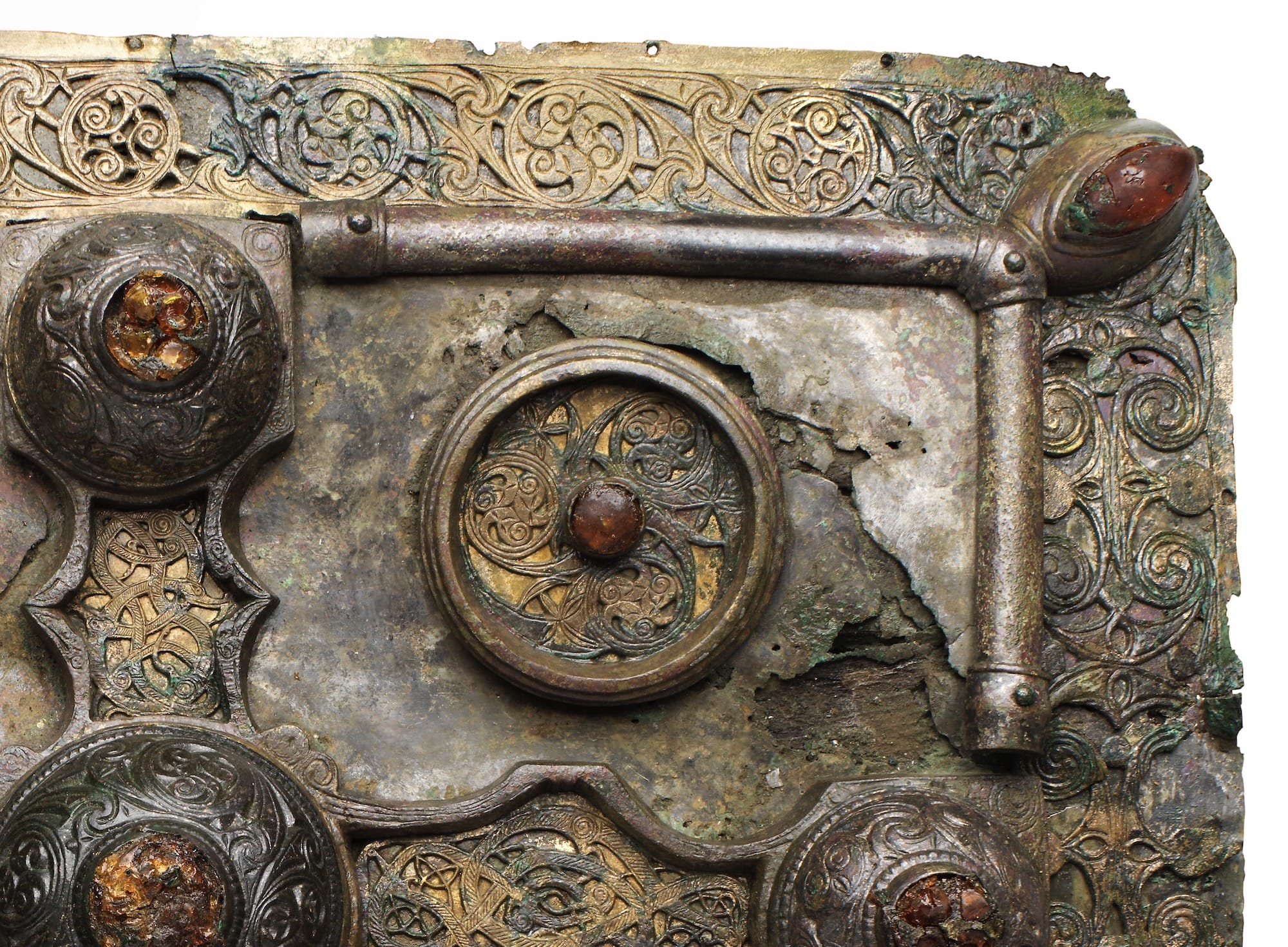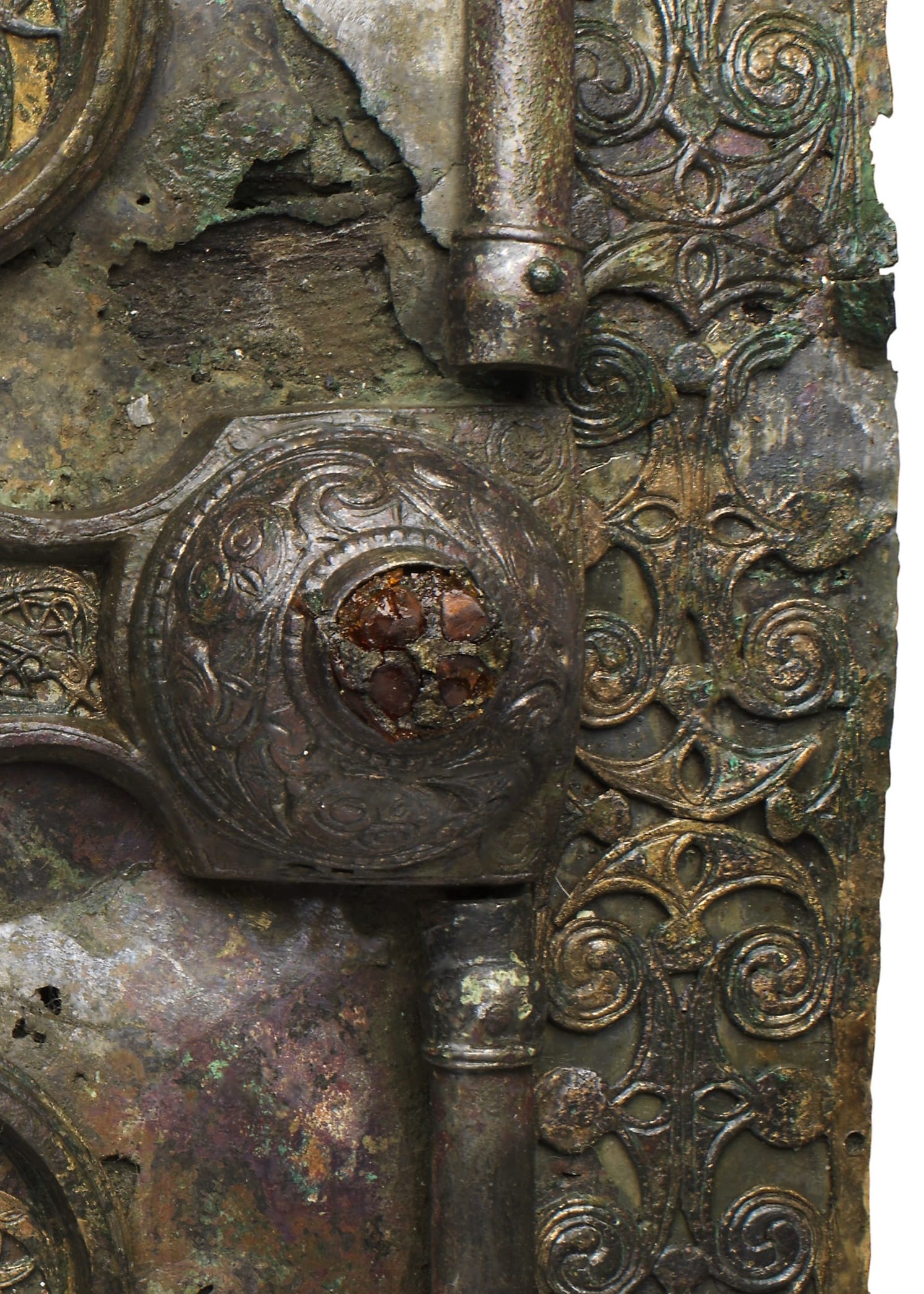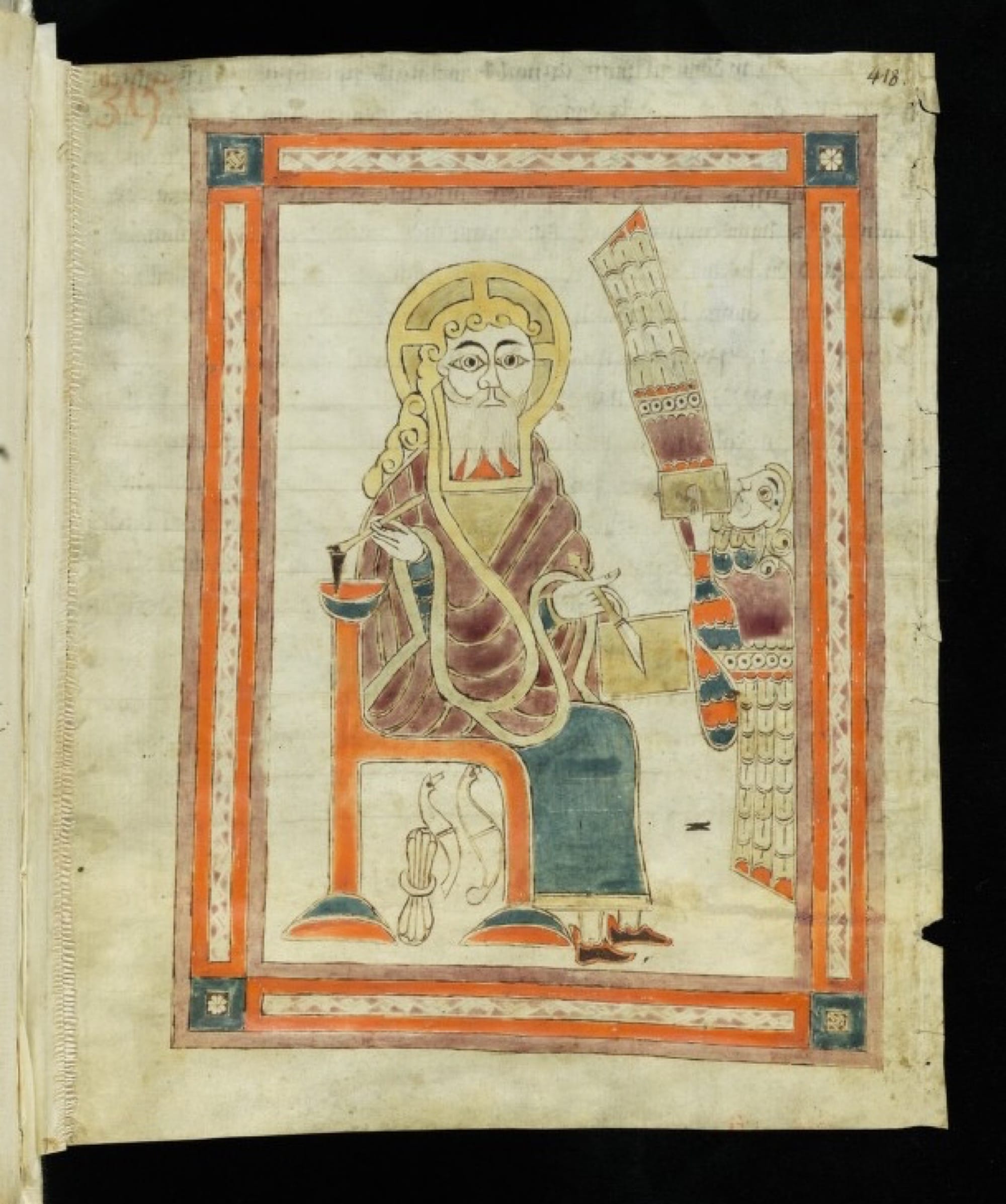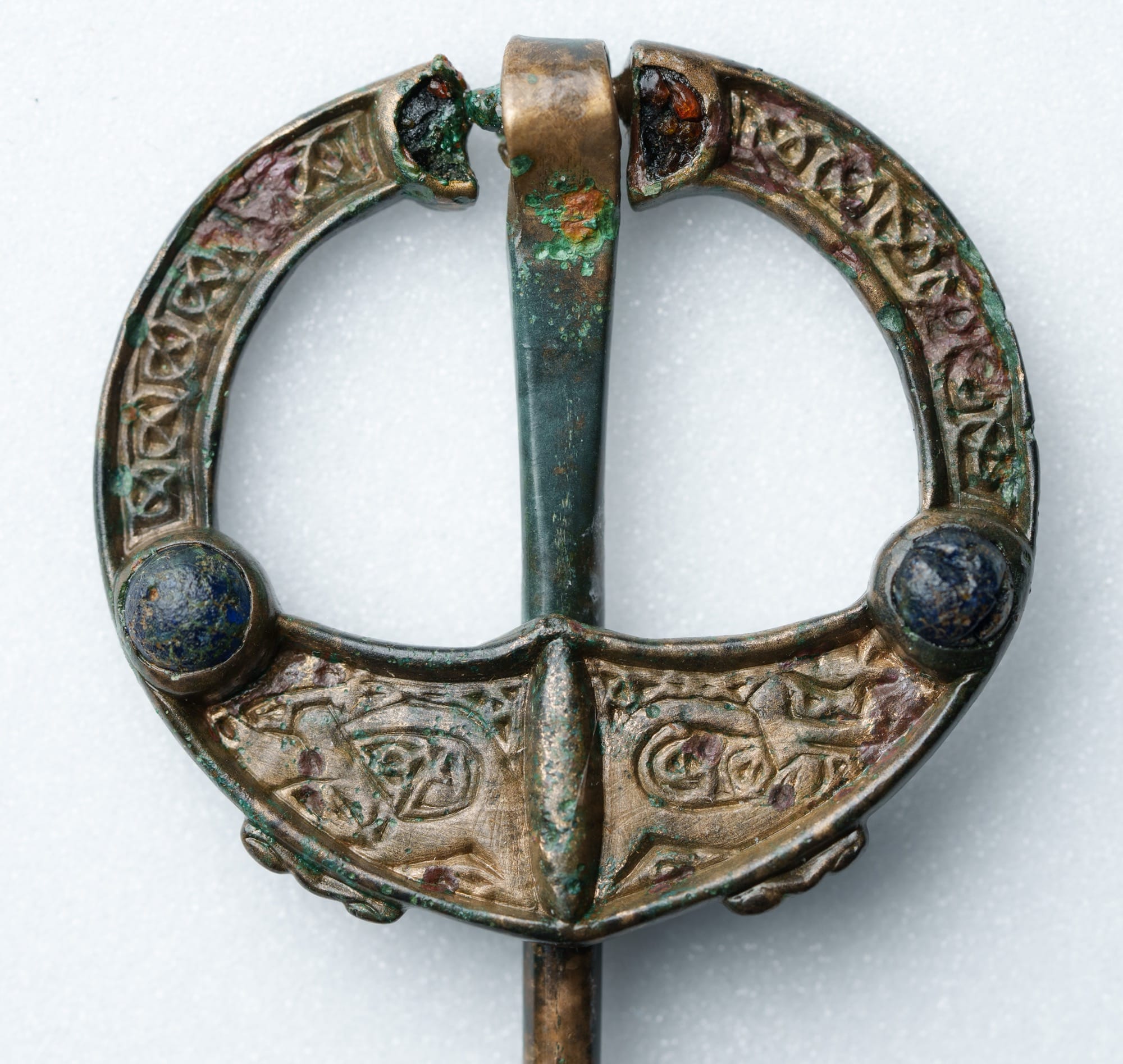Get Up Close to Frank Lloyd Wright’s Unrealized Buildings with David Romero’s Digital Models

Among the world’s most influential architects, Frank Lloyd Wright is undoubtedly a titan of the discipline. His designs are instantly recognizable for his unique treatment of space, light, materials, and line, and he’s even responsible for entire architectural movements. The Prairie style, for example, took inspiration from the broad landscapes of the American Midwest. He also coined the term “organic architecture” to describe how experiencing a built environment should manifest as “a ‘thinking’ as well as a ‘feeling’ process.”
The Prairie style was considered the first uniquely American architectural style, later evolving into a philosophy Wright called Usonia that privileged locally available materials, practicality, connection to nature, and a strong visual continuity between the interior and exterior. The iconic Fallingwater in Pennsylvania, for example, is a bit of a hybrid of Prairie and Usonian styles. Later, he incorporated motifs from a variety of sources, like Mayan stone carvings and “textile block” elements. His oeuvre ranges from small-scale, single-story dwellings to gleaming, futuristic complexes.

For architect and 3D designer David Romero, Wright’s work has been a source of inspiration since his earliest explorations within the field. “From the very beginning, I was drawn to his ability to bridge two seemingly opposite worlds: the rational and intellectual side of architecture, and the emotional—almost spiritual—experience of space,” Romero tells Colossal. “To me, that union is the essence of what makes architecture truly powerful—and no one embodies it quite like Wright.”
Of course, the acclaimed architect’s imagination and commissions weren’t restricted to the residential sphere. Wright conceived of the spiraling interior and glowing white facade of the Solomon R. Guggenheim Museum in Manhattan and SC Johnson’s soaring Administration Headquarters in Racine, Wisconsin, among many other seminal commercial and institutional buildings. Throughout his career, Wright designed a whopping 1,114 structures of all kinds — bridges, skyscrapers, banks, churches, car dealerships, social housing, and more — 532 of which came to fruition.
Romero’s ongoing project called Hooked on the Past explores architecture of bygone eras that nevertheless richly influences our built environment today. The Madrid-based designer has created nearly two dozen digital renderings of Wright’s unrealized concepts, from astonishing cliffside homes to an insurance company headquarters to a bank with an apparently too-ahead-of-its-time drive-thru.
Wright conceived of one of his most monumental and awe-inspiring concepts for Chicago: a mile-high skyscraper titled “The Illinois” that initially included 528 stories—later edited to 365—and would have been four times the height of the Empire State Building. The architect shared the idea in his 1957 book, The Testament, asserting that it was technically possible, even with the technology available at that time, to construct a building of that scope and scale.
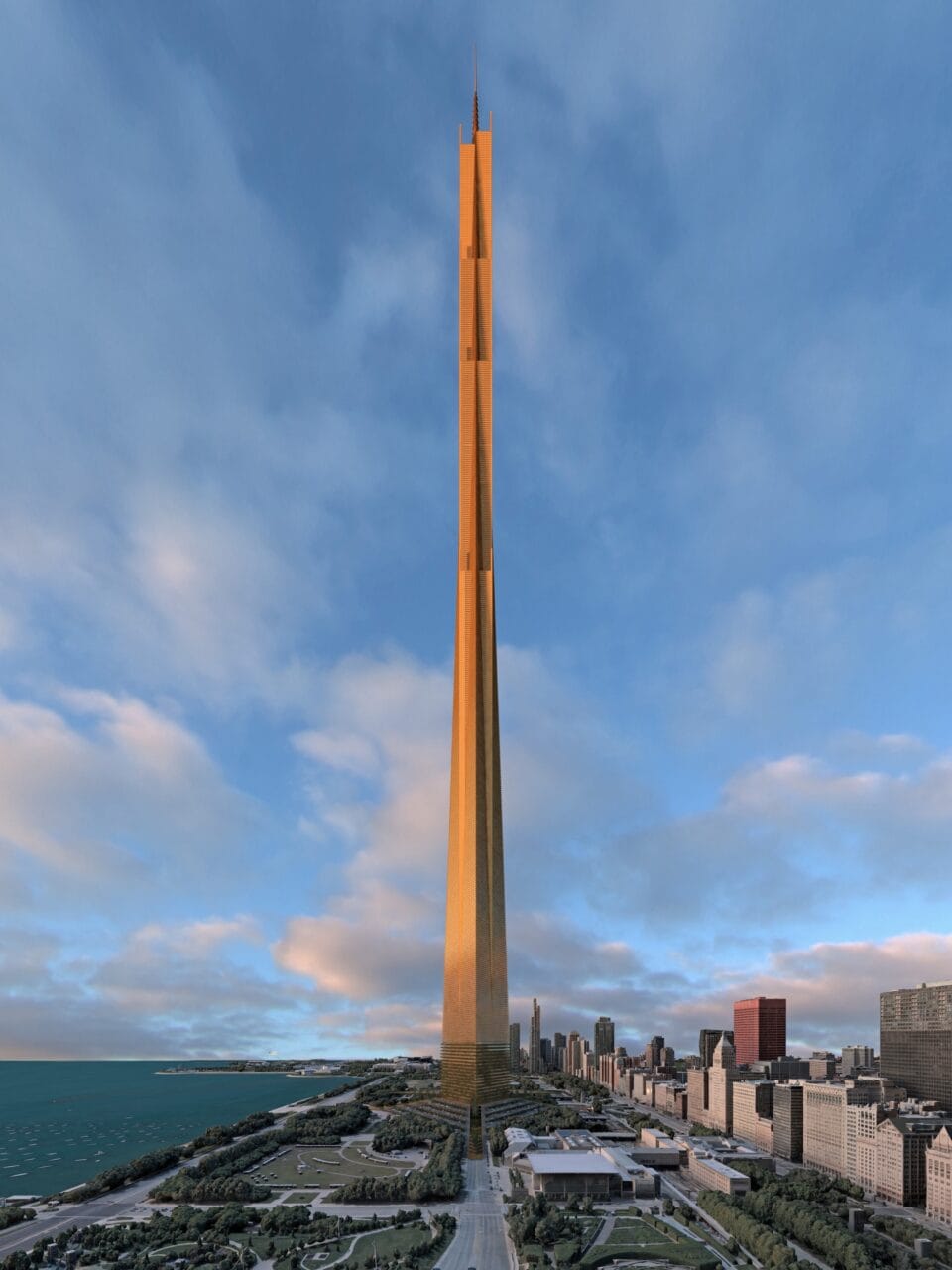
“Hooked on the Past emerged from the intersection of two personal passions: the history of architecture and the fascinating world of computer-generated imagery,” Romero says. He continues:
These two fields, though seemingly different, complement each other in powerful ways. On one hand, I’ve always been drawn to the stories, styles, and cultural contexts behind architectural works. On the other, I’ve been deeply interested in the creative and technical potential of digital tools to visualize ideas and environments.
Romero typically initializes his workflow by building a model in AutoCAD, which he then exports to 3ds Max modeling software. Using a plugin called V-Ray, he refines the visual quality of the scene by adding realistic textures, lighting effects, vegetation, and terrain.
“This is the stage where the project truly starts to come alive, moving beyond a technical model to something with atmosphere and emotional resonance,” he says. From there, he finishes with a few post-production tweaks in Photoshop to make the entire image as cohesive as possible.
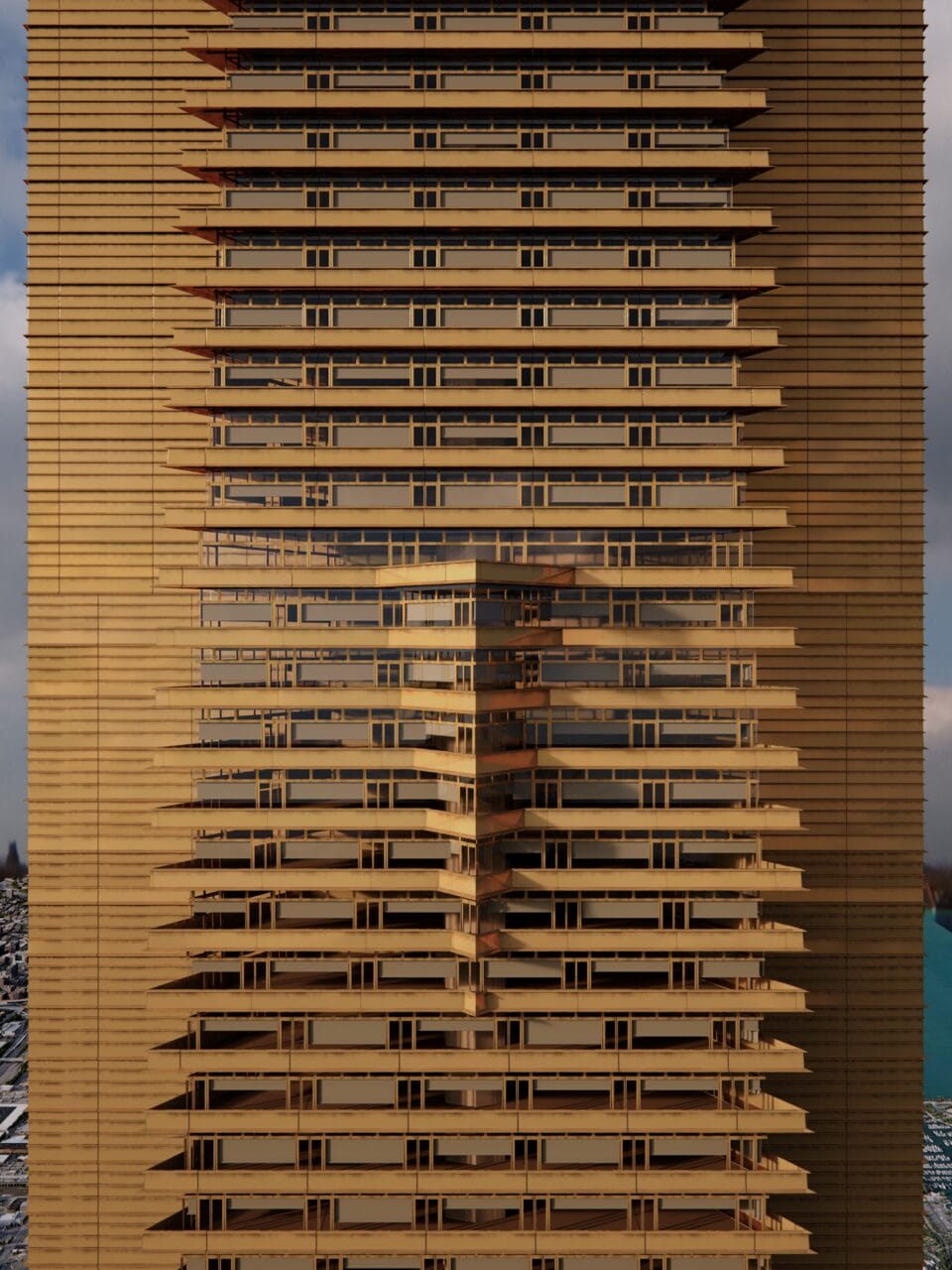
“(Wright’s) work speaks not just to the mind, through its structural ingenuity and innovative use of materials, but also to the heart,” Romero says. “There’s a poetic quality in his designs—a deep sensitivity to nature, light, and human experience—that continues to move me, no matter how many times I return to his buildings or drawings.”
Romero collaborates regularly with the Frank Lloyd Wright Foundation, which promotes and preserves the architect’s work and legacy. Romero’s digital recreations have been published annually in the organization’s quarterly magazine, which allows him to explore a wide range of unrealized projects.
“Each year, together with the Foundation’s editorial team, we choose a central theme that serves as a unifying thread for the visualizations featured in that special issue,” he says. “In previous years, we’ve focused on a variety of building types and periods of his career, but this year’s theme is especially intriguing to me: temples.”
Keep an eye on Romero’s website for updates.
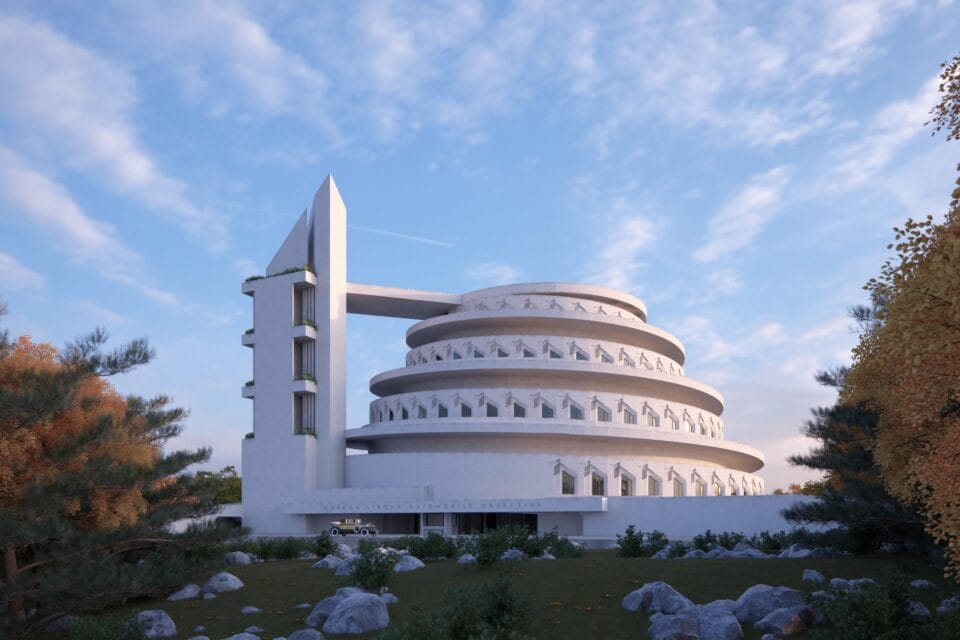

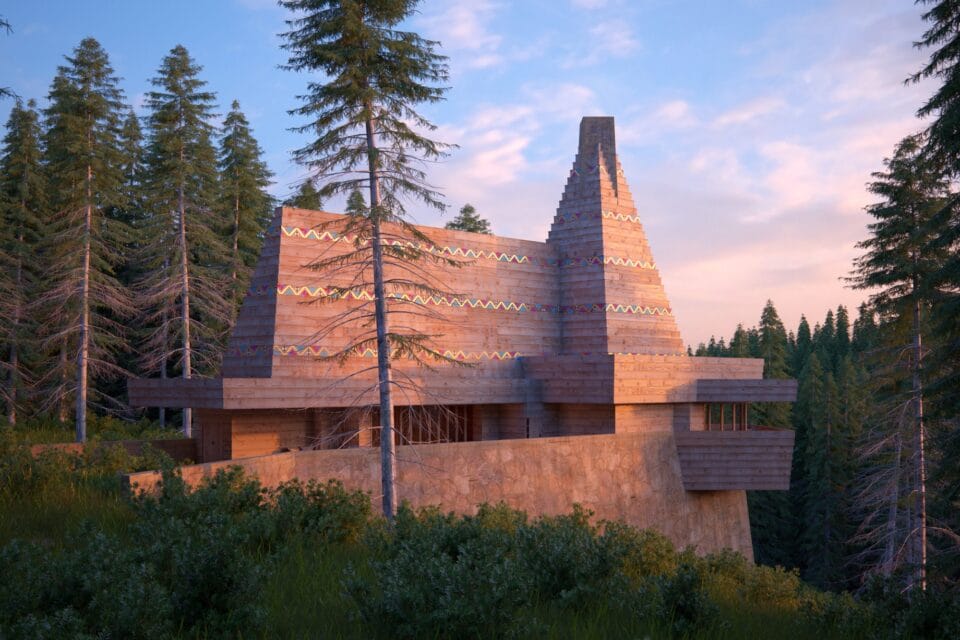
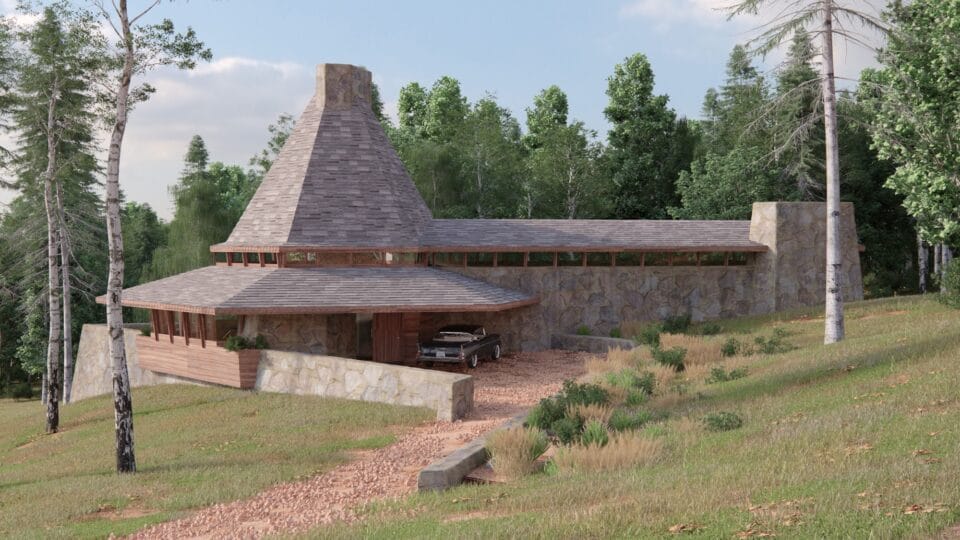
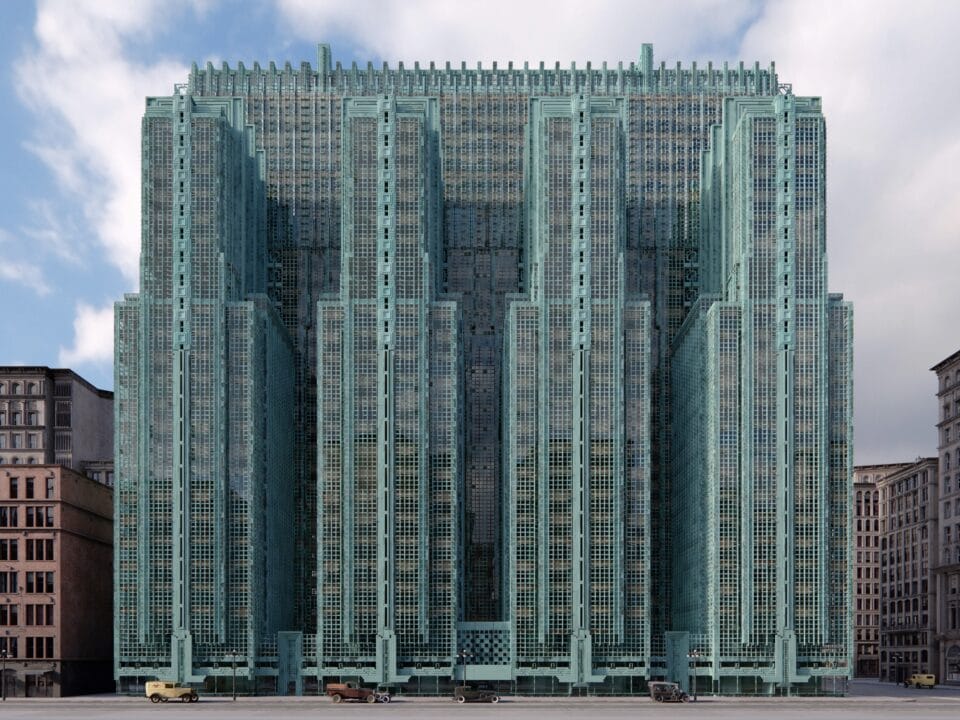
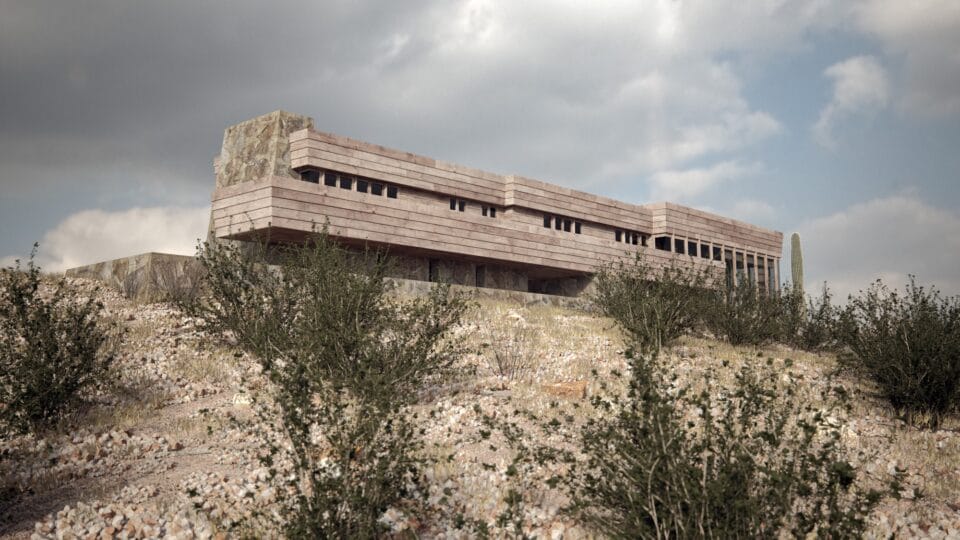
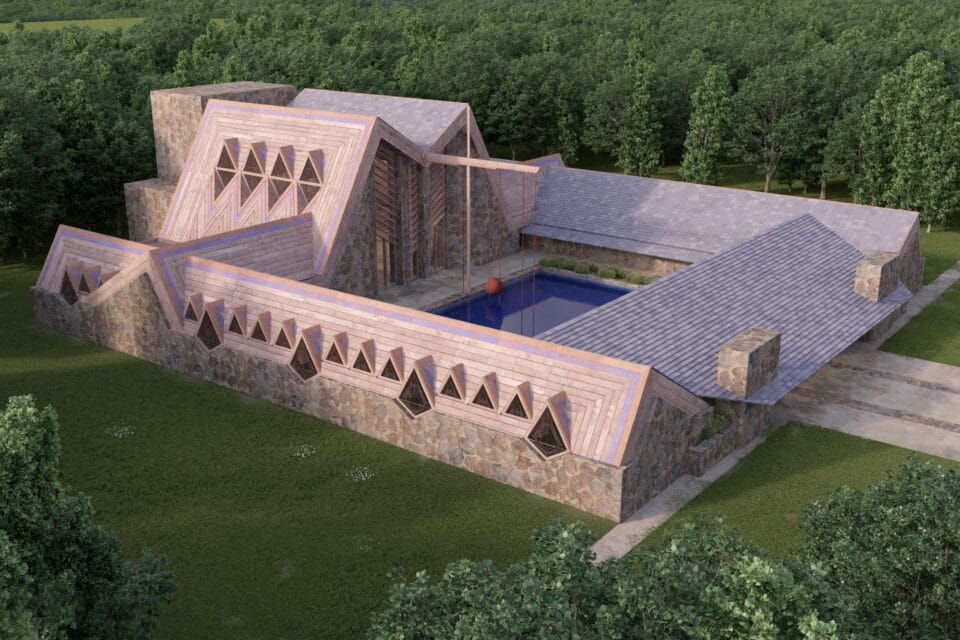
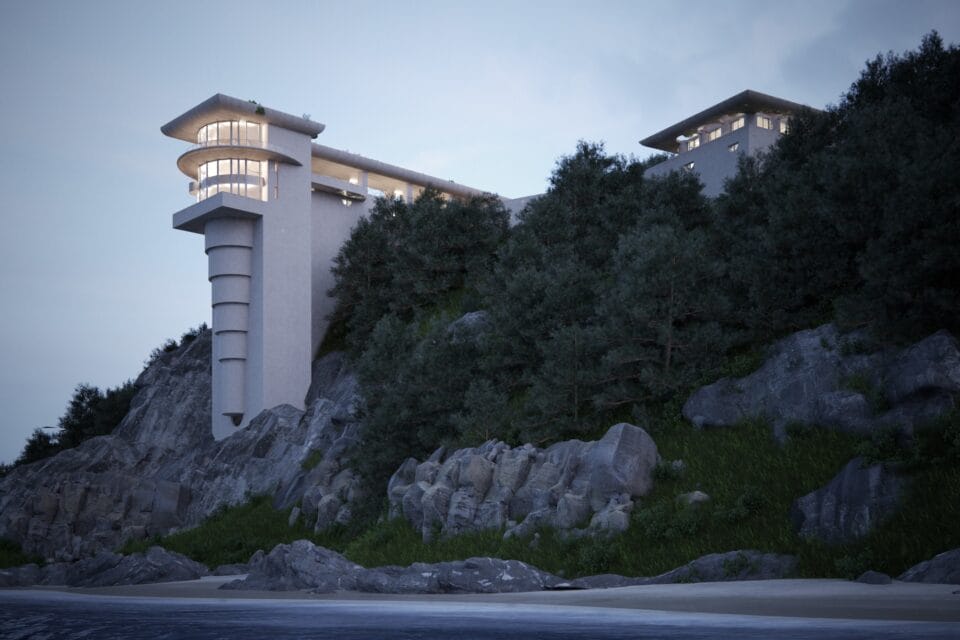
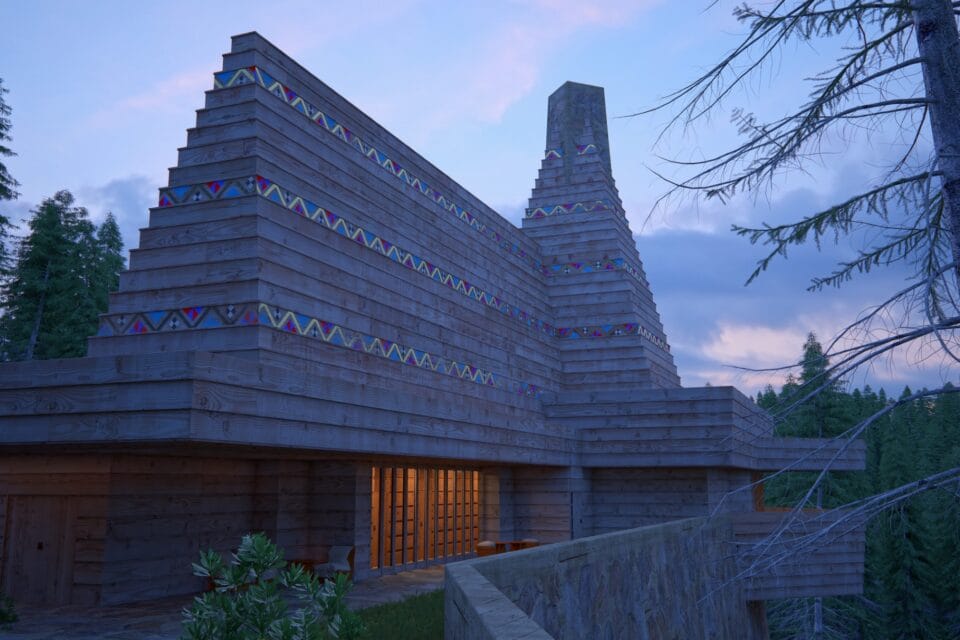
Do stories and artists like this matter to you? Become a Colossal Member today and support independent arts publishing for as little as $7 per month. The article Get Up Close to Frank Lloyd Wright’s Unrealized Buildings with David Romero’s Digital Models appeared first on Colossal.

